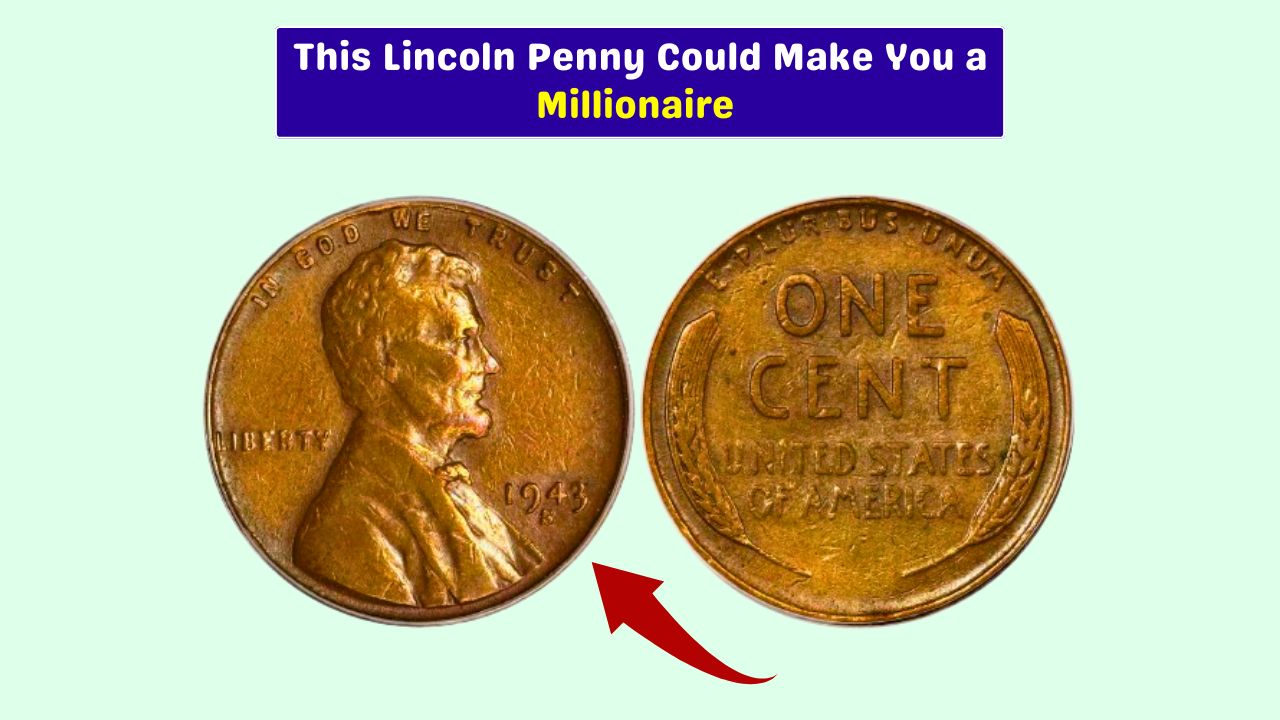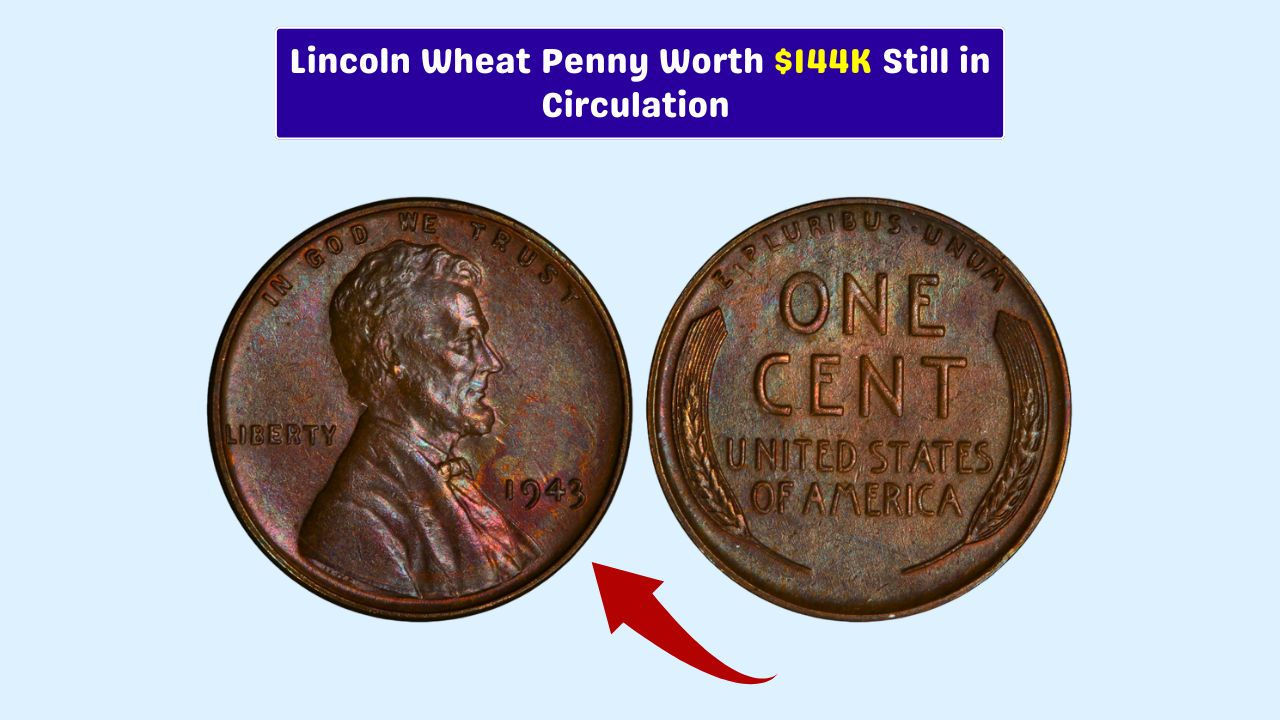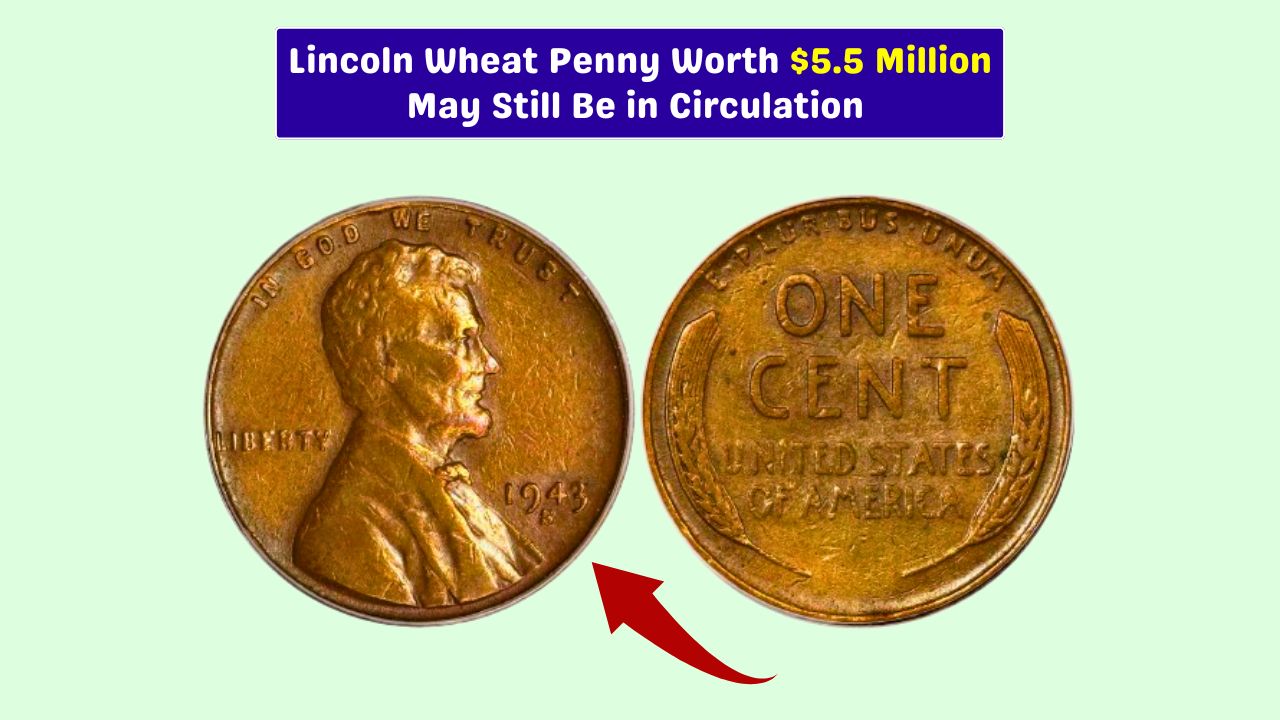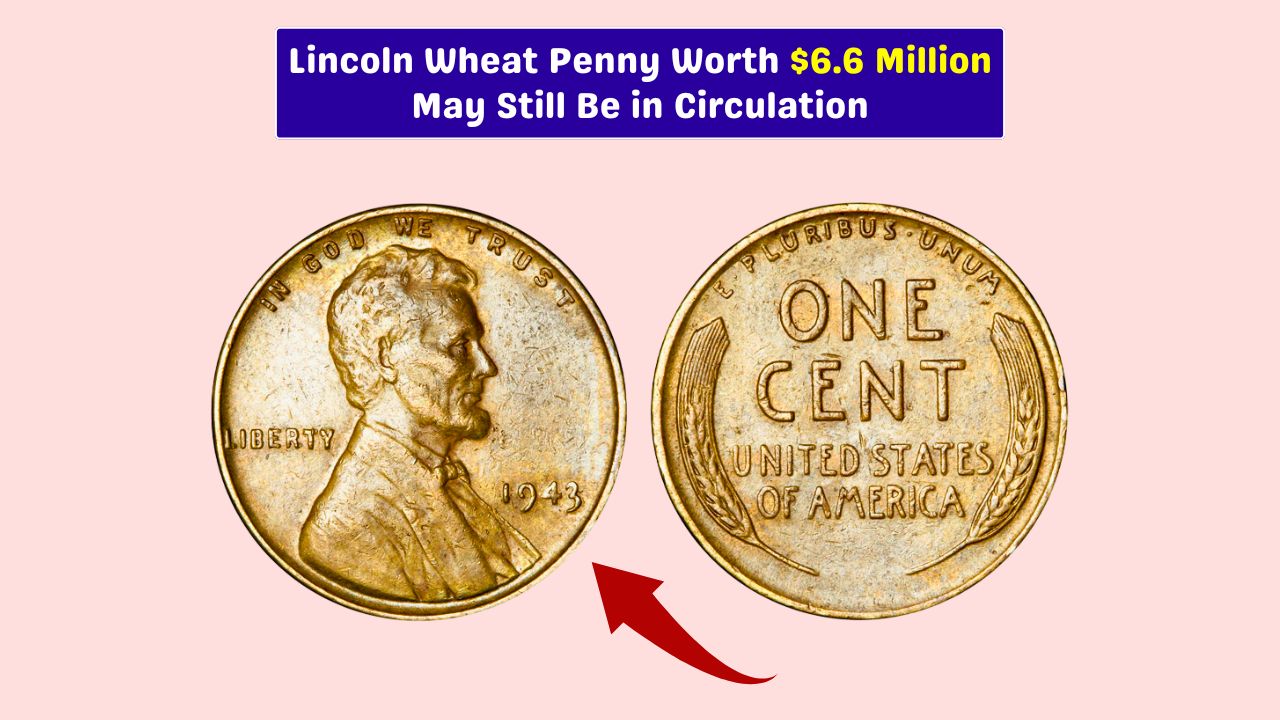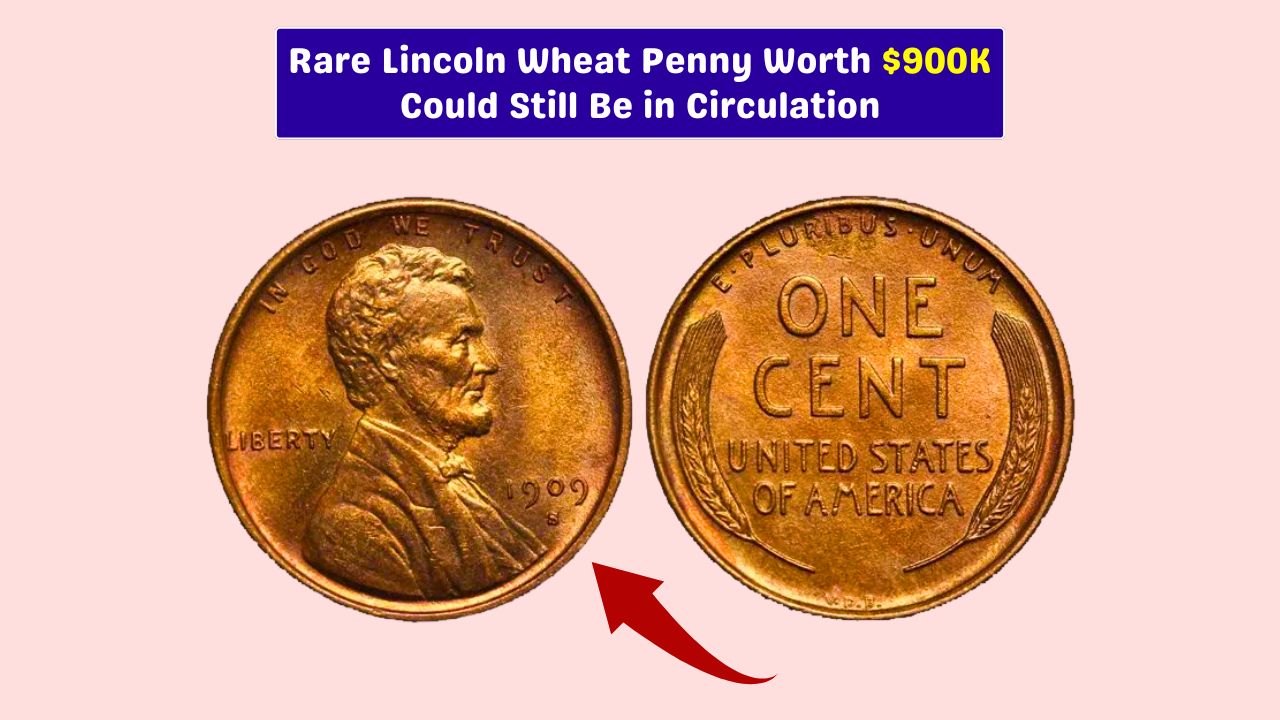Imagine finding a small, ordinary-looking coin that turns out to be worth millions. This isn’t a fairytale; it’s the story of the rare 1943 Lincoln Wheat Penny, which has recently made headlines with a jaw-dropping value of $5,555,555.
What makes this tiny coin so incredibly valuable, and could one still be hiding in your change jar? Let’s look into.
History
The Lincoln Wheat Penny was first minted in 1909 by the U.S. Mint to honor President Abraham Lincoln’s 100th birthday.
The front of the coin features Lincoln’s face, while the reverse side has two wheat stalks, giving it the name “Wheat Penny.” This design remained in use until 1958, after which it was replaced by the Lincoln Memorial design.
While most Lincoln Wheat Pennies are just ordinary one-cent coins, some have become extremely valuable due to rare variations, limited minting, or errors during production. The most famous of these is the 1943 copper Lincoln Wheat Penny, a tiny coin with an enormous price tag.
Penny
The 1943 Lincoln Wheat Penny is particularly famous because of a unique historical error. During World War II, copper was a critical material for the war effort. To save copper, the U.S. Mint produced pennies in 1943 using steel, which gave them a silver appearance.
However, by mistake, a few copper blanks (the metal discs used to create coins) were used, resulting in a limited number of 1943 copper pennies. These rare coins are now worth millions, with one recently valued at an astounding $5,555,555.
Why So Valuable?
Several factors make the 1943 copper Lincoln Wheat Penny so valuable:
| Factor | Explanation |
|---|---|
| Rarity | Only a few were accidentally minted in copper. |
| Historical Error | It was an unintended production mistake. |
| Collector Demand | High interest among collectors worldwide. |
| Condition | Well-preserved coins are worth significantly more. |
Still in Circulation?
Surprisingly, yes. It is believed that some of these rare 1943 copper pennies are still mixed in with regular coins. Since they look very similar to ordinary pennies, they could be hiding in your wallet, change jar, or old coin collections.
This has sparked a worldwide hunt, with people everywhere checking their spare change and old jars, hoping to observe a small fortune.
Identification
Want to know if you might have this rare treasure? Here’s how to check:
- Look at the year: The coin must be from 1943.
- Check the color: Most 1943 pennies are steel and look silver. The rare one will be copper-colored.
- Magnet Test: Steel pennies will stick to a magnet, while copper ones will not.
If your 1943 penny is copper and doesn’t stick to a magnet, you might be holding a fortune. But be careful — do not clean or alter it. Doing so can damage the coin and reduce its value.
Why It Matters
The story of the $5,555,555 penny has reignited interest in coin collecting worldwide. Even people who never thought twice about their spare change are now checking every penny they come across.
Coin shops and grading services have seen a surge in visitors, and online communities are filled with photos of coins as hopeful treasure hunters try their luck.
Who would have thought that a simple one-cent coin could become a millionaire-maker? This is a reminder that sometimes, the most valuable treasures are hiding in plain sight.
FAQs
What makes the 1943 Wheat Penny valuable?
Its rarity, historical error, and high collector demand make it valuable.
How can I identify a 1943 copper penny?
Check the year, color (copper), and use a magnet test.
Can the 1943 copper penny still be found?
Yes, it is believed some are still in circulation.
Should I clean a rare penny?
No, cleaning can reduce its value significantly.
Where can I sell a rare penny?
Consult professional coin dealers or auction houses.

